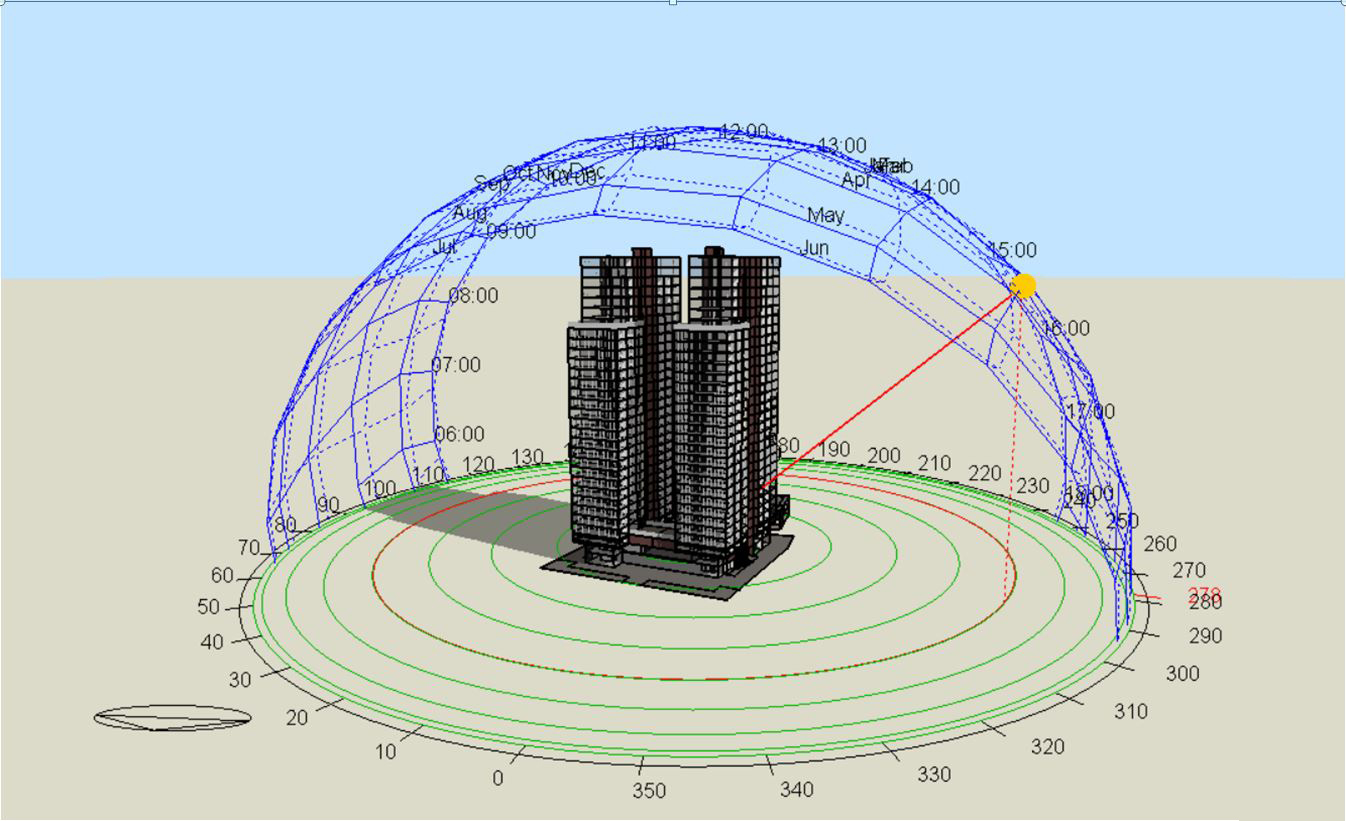Energy modeling is a powerful simulation process used to evaluate and optimize a building’s energy performance before it is constructed or renovated. By using digital tools, architects, engineers, and sustainability experts can analyze how a building will consume energy based on factors like insulation, lighting, HVAC systems, and occupancy patterns. This helps in designing energy-efficient buildings that minimize operational costs and environmental impact.
The process involves creating a virtual model of the building that includes all relevant architectural and mechanical details. Variables such as local climate, building orientation, window placements, and material types are factored into the model to predict energy loads. These models support informed decisions on equipment sizing, energy code compliance, LEED certification, and renewable energy integration, ultimately contributing to sustainable construction practices.
